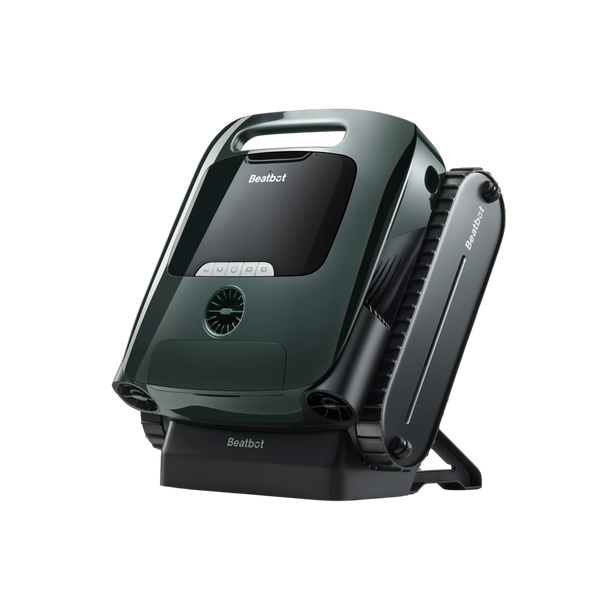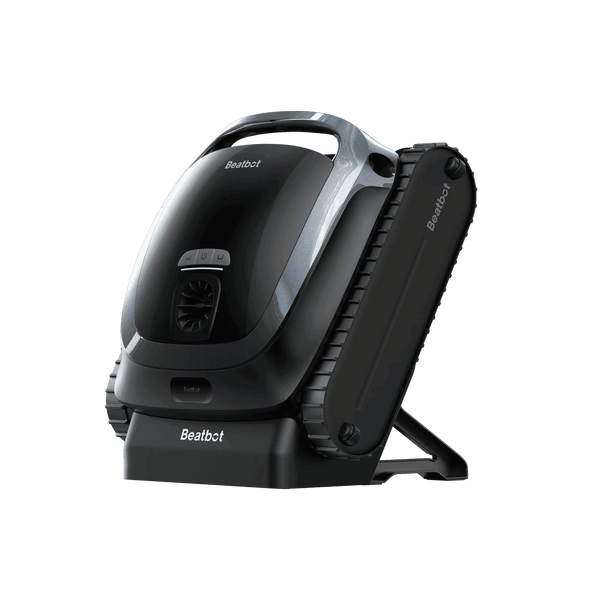Proper Chlorine PPM: Balancing Pool Water Safety and Sanitation
Your pool's chlorine level makes or breaks your swimming experience. Too little won't kill bacteria, while too much turns your pool into an irritating mess. But here's what bugs many pool owners - finding that sweet spot isn't as straightforward as dumping in some chlorine and calling it a day.
Let's cut through the confusion. Your pool needs enough chlorine to kill harmful bacteria but not so much that it burns your eyes or fades your swimsuit. Years of testing pools have shown that nailing the right chlorine level saves you cash on chemicals and keeps swimmers happy. Bonus? You'll dodge those frustrating periods of closing the pool to fix chemical imbalances.
Think about this - every splash, rain shower, and leaf that hits your pool changes its chemistry. That's why understanding chlorine levels matters more than most pool owners realize. Ready to master your pool's chlorine game? Let's dive in.
Table of content

What PPM Actually Means for Your Pool
PPM isn't just pool jargon - it's your key to safer swimming. Those three letters stand for "parts per million," measuring how much chlorine swims around in your pool water. Picture this: one part per million equals one chlorine molecule hanging out with 999,999 water molecules.
Sure, that sounds tiny. But these small numbers pack a serious punch in keeping your pool clean. The right PPM range kills bacteria, breaks down contaminants, and keeps algae from turning your pool green. Too many pool owners skip understanding PPM and jump straight to adding chemicals. Big mistake. Without knowing your PPM, you're basically throwing darts blindfolded.
Your test kit shows these numbers for a reason. They tell you exactly where your pool stands and what it needs. No guesswork required.
Ideal Chlorine Ranges: Breaking it Down
Indoor Pool Targets
Indoor pools need different chlorine levels than their outdoor cousins. Since they're sheltered from sun and weather, they hold onto chlorine better. Your indoor pool craves a sweet spot between 2-4 PPM. This range packs enough punch to sanitize without overwhelming indoor air quality.
Watch those enclosed spaces - chlorine gas builds up faster indoors. Proper ventilation helps, but keeping levels steady matters more than ever. Test more often in winter when your pool sees heavy use but less fresh air.
Outdoor Pool Requirements
Sun, rain, and wind change everything for outdoor pools. They need chlorine levels between 3-5 PPM to stay clean. UV rays burn through chlorine like nobody's business, especially during peak summer hours.
Your pool might need more chlorine on busy swimming days or after a storm dumps leaves and debris in the water. But don't overdo it - higher isn't always better. Check levels early morning and adjust based on your pool's specific needs. Heavy tree coverage? More frequent testing helps catch changes before problems start.
Warning Signs of Incorrect Chlorine Levels
Swimming feels off? Your pool sends clear signals when chlorine levels go haywire. Strong chemical smells don't mean extra-clean water - quite the opposite. That harsh "chlorine" odor actually warns you about chloramines, the nasty compounds formed when chlorine battles contamination.
Watch for these red flags in your pool: Eyes stinging more than usual? Your chlorine likely needs adjusting. Burning eyes signal either too much chlorine or not enough free chlorine to handle the swimmer load. Green-tinted water screams for attention - algae's making itself at home because your chlorine can't keep up. Cloudy water tells you something's up too, often pointing to worn-out chlorine that needs reinforcement.
Don't ignore crusty white deposits on tiles or equipment. These scale formations pop up when your water chemistry stays unbalanced too long. Even your pool deck gives clues - slippery spots might mean algae's starting to grow where your sanitizer falls short.
Testing Like a Pro
Forget the old "dip and guess" method - accurate testing makes or breaks your pool maintenance game. Digital testers give you precise readings, but those trusty test strips work fine if you read them right. Just remember sunlight skews strip readings, so shade matters.
Morning checks work best - you'll catch problems before the sun burns off chlorine. Grab your water sample from elbow-depth, away from return jets. Why? Surface water or jet areas don't show your pool's true chemistry.
Keep your testing gear clean and current. Expired test strips lie to you, and contaminated testing vials throw off readings. Write down your results - tracking trends helps you spot problems before they explode. Some pools need daily checks during peak season, while others do fine with twice-weekly testing. You'll figure out your pool's personality after a few weeks of regular monitoring.

Common Factors That Mess With Your Chlorine
Your pool fights a constant battle against chlorine-draining forces. Hot sunshine leads the attack, burning through chlorine faster than you might expect. A scorching afternoon can zap 90% of your pool's free chlorine in just a few hours.
Heavy rain dilutes your chemical balance, while storms dump organic debris that eats up chlorine. Each swimmer adds their own mix of sweat, oils, and cosmetics to the pool - more swimmers means more chlorine consumption. Salt systems need attention too. They might make chlorine automatically, but weather and heavy use still affect their output.
Check stabilizer levels - they shield your chlorine from UV rays. Without enough stabilizer, you're throwing money away as chlorine vanishes into thin air. But don't overdo it - too much stabilizer locks up your chlorine, making it less effective at killing bacteria.
Getting Back to Balanced
Face it - your pool chemistry sometimes spirals out of whack. Shocking your pool sounds dramatic, but it's really just a chlorine boost to break down those pesky chloramines. The trick? Time it right. Shock when the sun goes down to avoid UV destruction of your chemicals.
Low chlorine? Don't just dump in more without checking your cyanuric acid (CYA) levels first. High CYA locks up chlorine like a prison guard, forcing you to use more than necessary. Sometimes draining some water and refilling helps reset your chemical balance faster than fighting an uphill battle.
Remember this golden rule - test before you add anything. Each chemical adjustment needs time to work its magic. Rush the process, and you'll create bigger headaches than you started with.
Smart Maintenance Habits
Skip the guessing games with your pool chemistry. Create a simple maintenance schedule that fits your pool's personality. Heavy trees nearby? Check your chlorine more often during fall. Planning a pool party? Test a day before and morning-of to ensure your sanitizer can handle the crowd.
Take photos of perfect test strip readings - they'll guide you better than trying to remember that "perfect blue shade" from last month. Your test kit deserves a cool, dry storage spot. Heat and humidity wreck testing accuracy faster than you'd think.
Mark your calendar for regular filter cleanings. A dirty filter makes your sanitizer work overtime. Clean equipment equals better chlorine efficiency - simple as that.

The Bottom Line
Mastering chlorine levels transforms pool ownership from constant headache to smooth sailing. These guidelines help you nail the basics, but every pool develops its own quirks. Pay attention to how your pool responds to adjustments.
Remember - keeping chlorine levels steady prevents most common pool problems before they start. That means more swimming, less fixing. Sure, it takes some effort to stay on top of testing and adjustments. But wouldn't you rather spend time enjoying your pool than constantly fighting water problems?
Your pool works hard to keep swimmers safe. Give it the right chlorine levels, and it'll reward you with crystal clear water all season long.
Relative Blogs
About the author



















